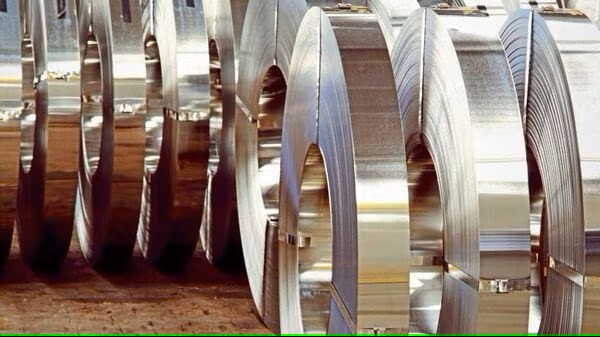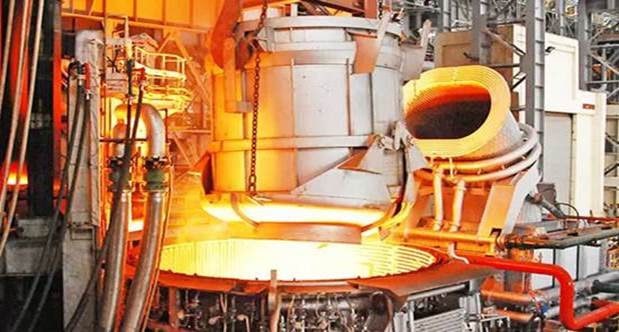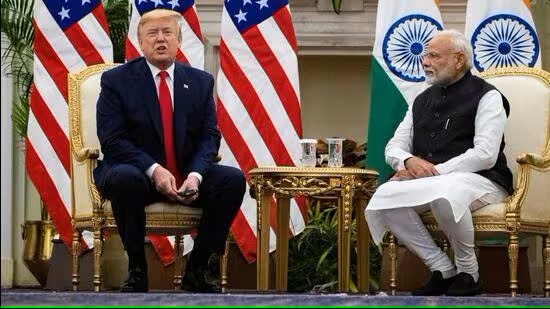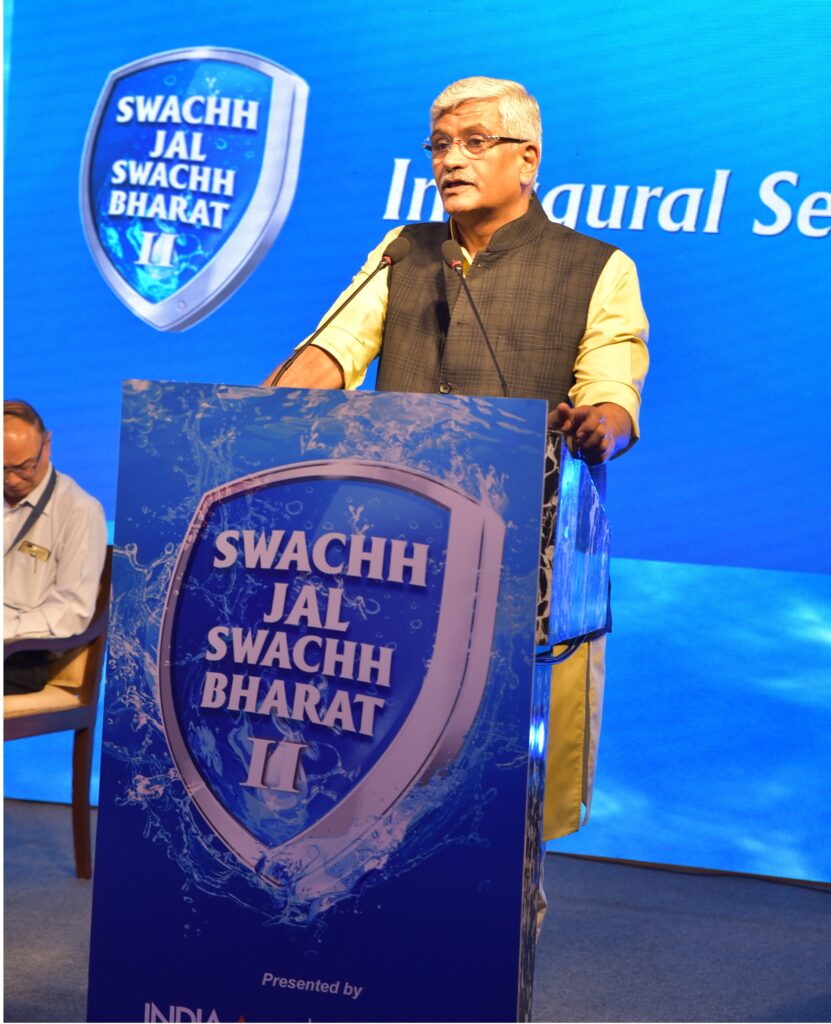India’s steel industry is resonating with a powerful melody of growth, forging a path towards global leadership. This symphony of success is orchestrated by a blend of factors, with the government acting as the conductor, setting the tone through supportive policies, and the industry itself playing the instruments of innovation and resilience.
 The Indian government acts as a maestro, guiding the industry towards its ambitious goals. The Domestically Manufactured Iron & Steel Products (DMI&SP) policy serves as a powerful crescendo, boosting demand within the country by prioritizing “Made in India” steel for government procurements. The Production-Linked Incentive (PLI) Scheme for Specialty Steel is a well-timed solo, attracting investments and fostering domestic production of specialized grades.
The Indian government acts as a maestro, guiding the industry towards its ambitious goals. The Domestically Manufactured Iron & Steel Products (DMI&SP) policy serves as a powerful crescendo, boosting demand within the country by prioritizing “Made in India” steel for government procurements. The Production-Linked Incentive (PLI) Scheme for Specialty Steel is a well-timed solo, attracting investments and fostering domestic production of specialized grades.
The government’s collaborative spirit resonates throughout the industry. Initiatives, like Make in India and PM Gati-shakti National Master Plan, act as bridges, connecting with key sectors like railways, defence, and housing to create a harmonious demand ecosystem. Trade policies are meticulously composed, with adjustments in customs duties and strategic measures serving as modulations, ensuring the competitiveness of Indian steel on the global stage.
Securing raw materials plays a crucial role in sustaining the industry’s rhythm. The government collaborates with other countries and states, fostering partnerships that ensure a stable supply at favourable terms. This delicate duet between domestic and international players guarantees the smooth flow of raw materials, the lifeblood of steel production.
While the government sets the tempo, the industry itself is an orchestra of innovation and resilience. Steel producers across the country are continuously refining their processes, adopting cutting-edge technologies, and enhancing operational efficiency. This commitment to progress ensures that India’s steel remains competitive and relevant in the ever-evolving global market.
The results of this harmonious collaboration are evident in the rising crescendo of steel production. Since 2019, the industry has witnessed a continuous upward climb, culminating in a record-breaking 127.20 million tonnes (mt) of crude steel produced in 2022-23. This upward trajectory is poised to continue, with the National Steel Policy 2017 setting ambitious targets of 300 mt production capacity and 255 mt demand by 2030-31.
India’s leadership in steel production is recognized on the global stage. Surpassing Japan in 2018, the country has cemented its position as the world’s second-largest producer, consistently outperforming powerhouses like the United States. In 2022, India’s production of 125.4 mt of crude steel stood tall, a testament to the industry’s strength and resilience.
As the curtains close on this act of impressive growth, India’s steel industry recognizes the need for an encore. Embracing sustainable practices, such as reducing carbon emissions and adopting green technologies, will ensure the industry’s long-term viability. Furthermore, investing in workforce development and upskilling programs will provide the skilled manpower needed to sustain the sector’s growth trajectory.
India’s steel industry is a powerful example of harmonious collaboration between government and industry. By leveraging policy interventions, fostering innovation, and embracing sustainability, this sector is poised to continue its growth, not just domestically, but on the global stage as well. The future holds an exciting melody, and India’s steel industry is ready to conduct its own success story for years to come.




